Does back pain stop you from making the most of your RV adventures? MCD writer Claire Smith had a chat with back pain specialist Shane Lyons for some helpful advice on caring for your back while you’re on the road.
If you’re one of the 80% of Kiwis who has experienced back pain to some degree, you’ll know how it can interfere with your daily activities. Driving, lifting, carrying, and bending over can all be triggers. So how do you protect your back when these are all integral parts of your motorhoming routine? The good news is a few protective measures and some simple exercises can help keep your back happy while you make the most of your road trip.
Driving in comfort
Familiar with that feeling of stepping out of your RV after a few hours travelling and your back feels like a rusty hinge? Time behind the wheel is a big part of the motorhome experience, but it doesn’t have to be a pain in the back.
“The key to comfortable driving is all about posture and position,” says Auckland back pain specialist Shane Lyons. “Maintaining good posture is crucial. Your seat should be adjusted so your back is straight, your shoulders are relaxed, and your knees are at the same level as your hips.
“A small cushion or a rolled-up towel behind your lower back can provide extra support if your seat isn’t ideal.”
Another key consideration is the position of your seat and mirrors.
“You should be able to reach the pedals comfortably without stretching and see all mirrors without having to crane your neck,” explains Shane. “This reduces strain on your back and neck during long drives.”
Because long periods of driving can stiffen your back muscles, Shane recommends taking regular breaks. As often as possible, at least every two hours, pull over and stretch.
“Simple stretches help keep your muscles flexible and blood circulating,” he says.
And, of course, these breaks are not just good for your back but also your overall alertness and safety on the road.
Setting up camp
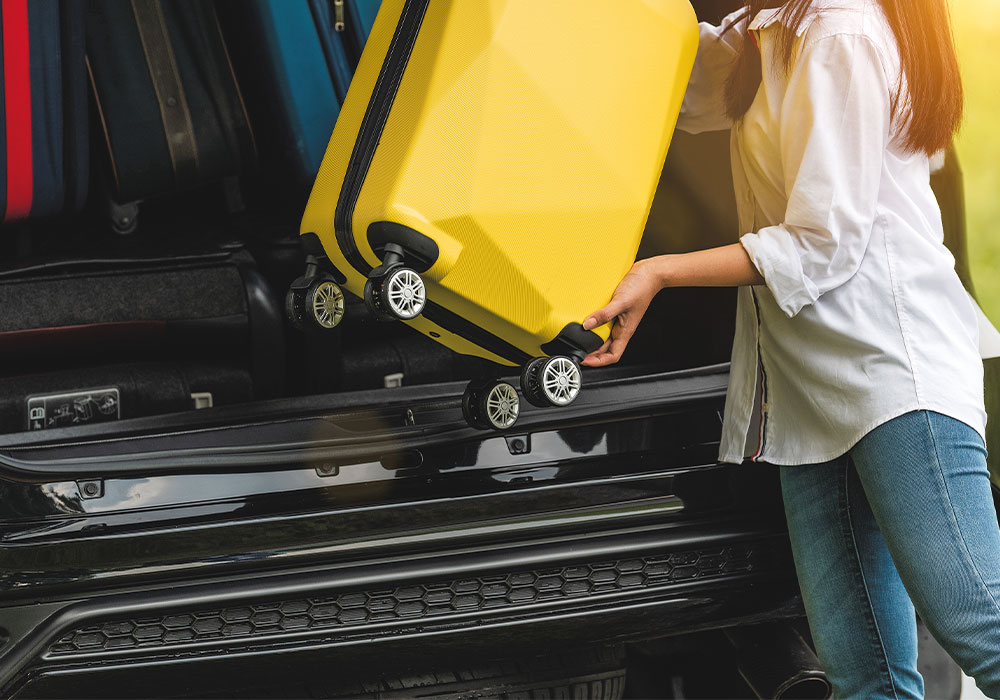
Lifting and moving equipment incorrectly, even gear that isn’t particularly heavy, is one of the most common causes of back strain. When you’re setting up your campsite, it’s important to do it in a way that’s kind to your back.
“Before bending or lifting items, such as chilly bins or outdoor furniture, first draw in your core muscles – this helps support your back,” says Shane. “Keep your back straight and bend at your knees and hips. Keep the load close to your body and lift using your leg muscles. Avoid twisting your body while carrying heavy items. Instead, turn your whole body in the direction you want to go.”
Don’t forget to take time to properly level your motorhome or caravan. An uneven motorhome can lead to awkward sleeping or sitting positions, which might strain your back.
When it comes to outdoor furniture, it’s worth investing in camp chairs and tables that support good posture. Chairs should allow you to sit with your feet flat on the ground and your knees at a 90-degree angle. When setting up tables, aim for a height that doesn’t require you to hunch over.
Getting out and about

One of the great benefits of motorhome travel is the opportunity to explore New Zealand’s great outdoors. Hiking and outdoor activities not only rejuvenate the mind but can also be beneficial for your back, especially after long periods of driving or sitting.
“Engaging in regular physical activity like walking or hiking helps strengthen back muscles and improve flexibility,” says Shane. “Walking on uneven terrain is a natural way to engage your core muscles, which are crucial for back strength and stability.”
If you’re carrying a backpack, make sure it has good back support. A backpack with padded straps and a waist belt can distribute weight evenly, reducing strain on your back. Adjust the straps so the backpack sits snugly against your back, and pack heavier items at the bottom and closer to your body.
Sleep support
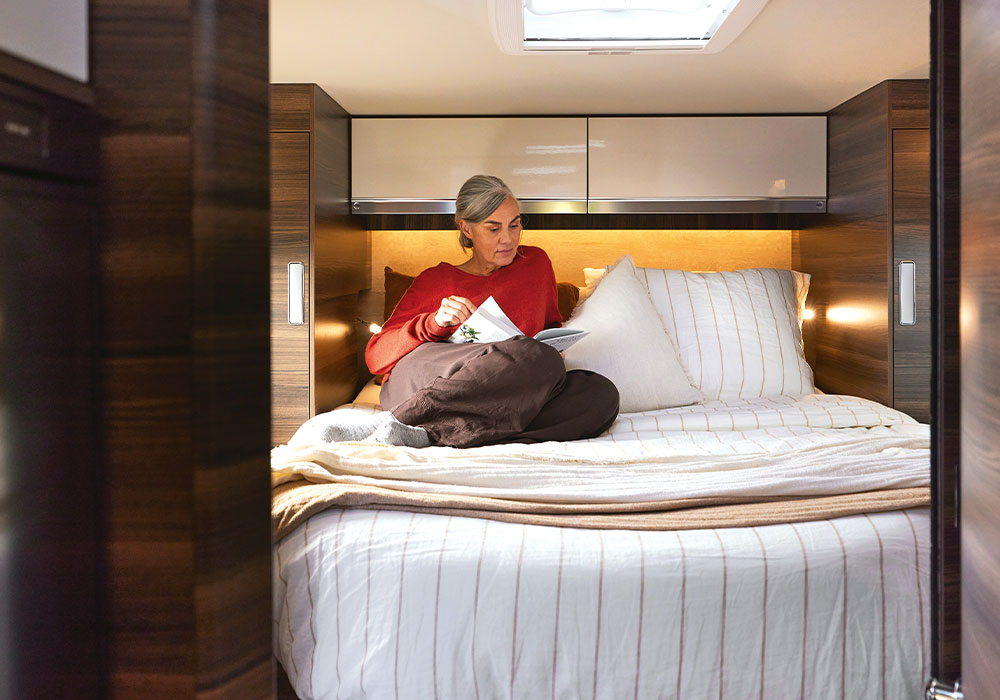
A good night’s sleep is as important for your back health.
“Sleeping on an unsupportive mattress can exacerbate or even cause back pain,” says Shane.
The mattress in your motorhome should support the natural curve of your spine. Look for a mattress that’s firm enough to support your weight evenly, but not so hard that it’s uncomfortable. Memory foam or medium-firm mattresses are often good choices for back support. A mattress topper can add an extra layer of comfort and support, especially if the existing mattress isn’t ideal.
When pain strikes

Even with the best precautions, back pain can sometimes catch you off guard. Knowing how to respond can make a significant difference in your comfort and recovery.
“The first response to acute back pain is crucial. It’s about managing the pain and preventing further injury,” says Shane. “If you experience a sudden onset of back pain, the first step is to rest and apply ice to reduce inflammation,” says Shane. “Use ice for the first 24 to 48 hours, then switch to heat to relax the muscles. It’s also important to stay as active as your pain allows. Complete bed rest is not recommended. Gentle movements are better than lying still all day.”
Avoid heavy lifting or twisting your back for a few days after the pain starts. Over-the-counter pain relief medication can help, but it’s important to use these as directed and not as a long-term solution.
It’s crucial to know when to seek professional help. If your back pain is severe, doesn’t improve with rest and over-the-counter treatments, or is accompanied by other symptoms, such as numbness or weakness in your legs, it’s time to see a professional.
5 simple stretches for a strong back
Regular stretching can help prevent back pain and maintain flexibility, especially important during long motorhome journeys. Shane Lyons demonstrates five easy stretches you can do anywhere, even in the limited space of a motorhome.
Seated spinal twist
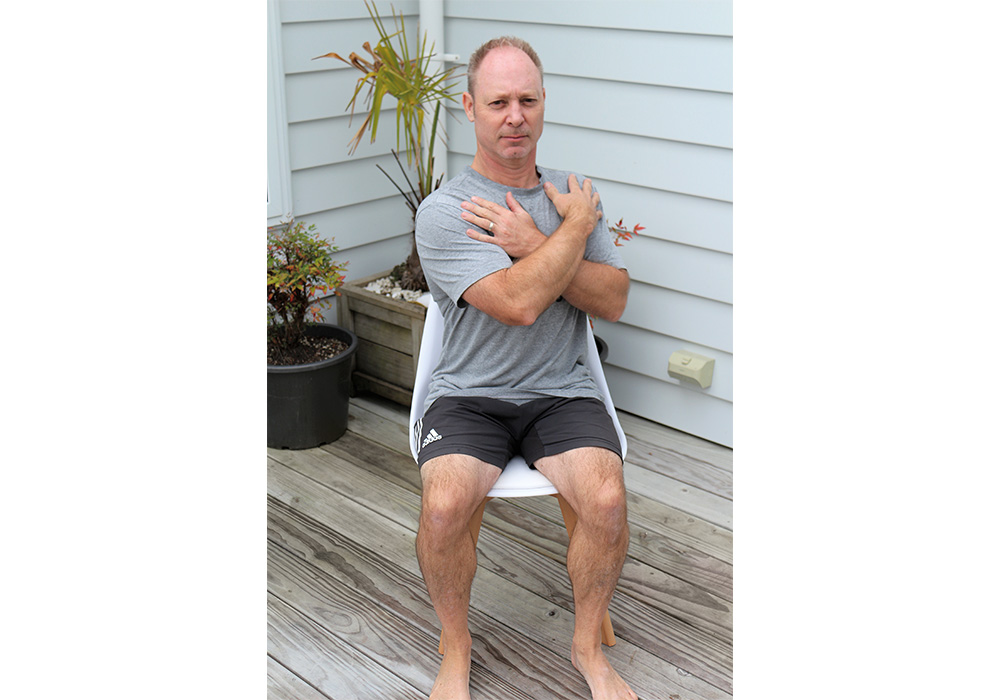
- Sit on a chair or the edge of your bed
- Cross your hands over your shoulders
- Keep your head still
- Twist your torso to the right and then left
- Repeat 6–7 times, gently increasing the rotation
- This stretch helps to loosen the lower back and improve spinal mobility
Cat-cow stretch
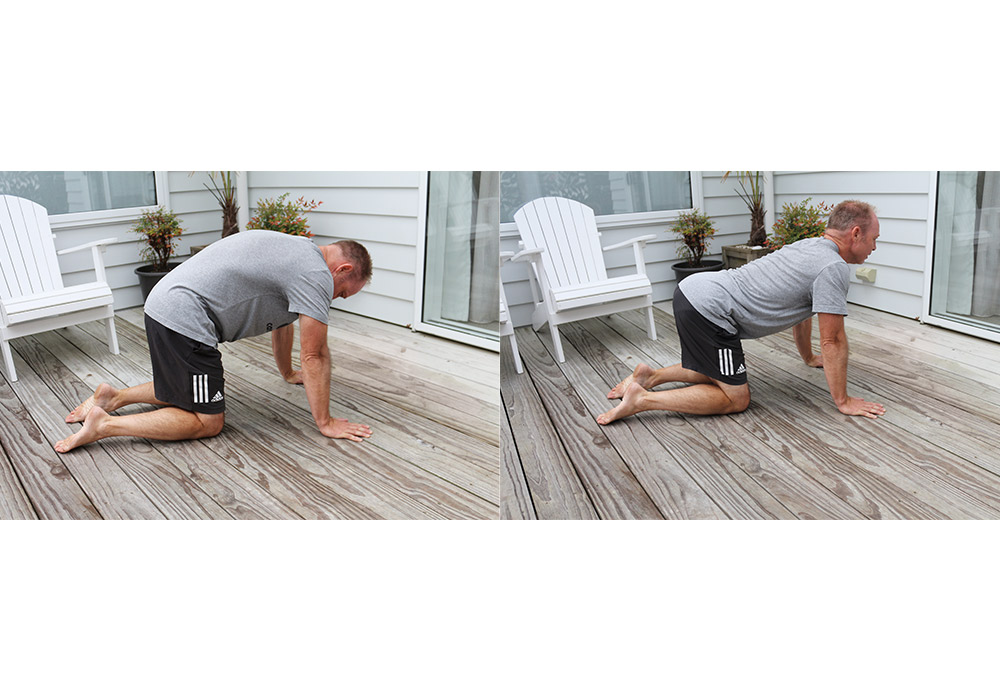
- Get on your hands and knees on a mat or soft surface
- Arch your back up towards the ceiling (like a cat) and then dip it down, lifting your head and tailbone up (like a cow)
- Move slowly between these positions for 1–2 minutes
- This stretch is great for flexibility and easing tension in the spine
Hamstring stretch
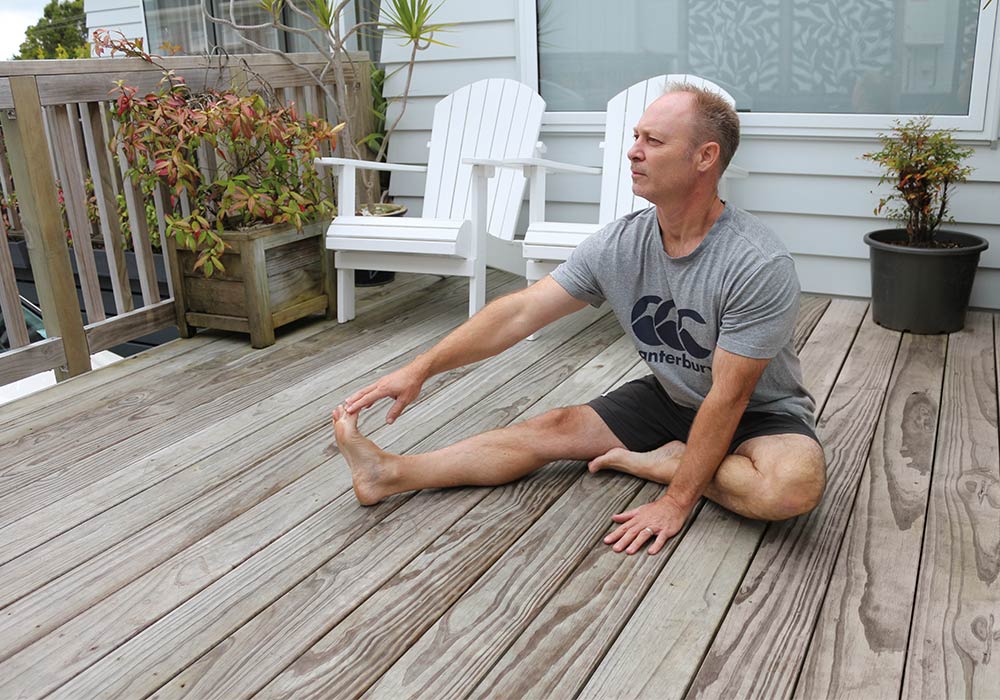
- Sit on the floor with one leg extended and the other bent, foot resting against the opposite inner thigh
- Lean forward from your hips over the extended leg, reaching towards your toes
- Hold for 15–20 seconds, then switch legs
- This stretch targets the hamstrings, which when tight, can contribute to lower back pain
Knee-to-chest stretch
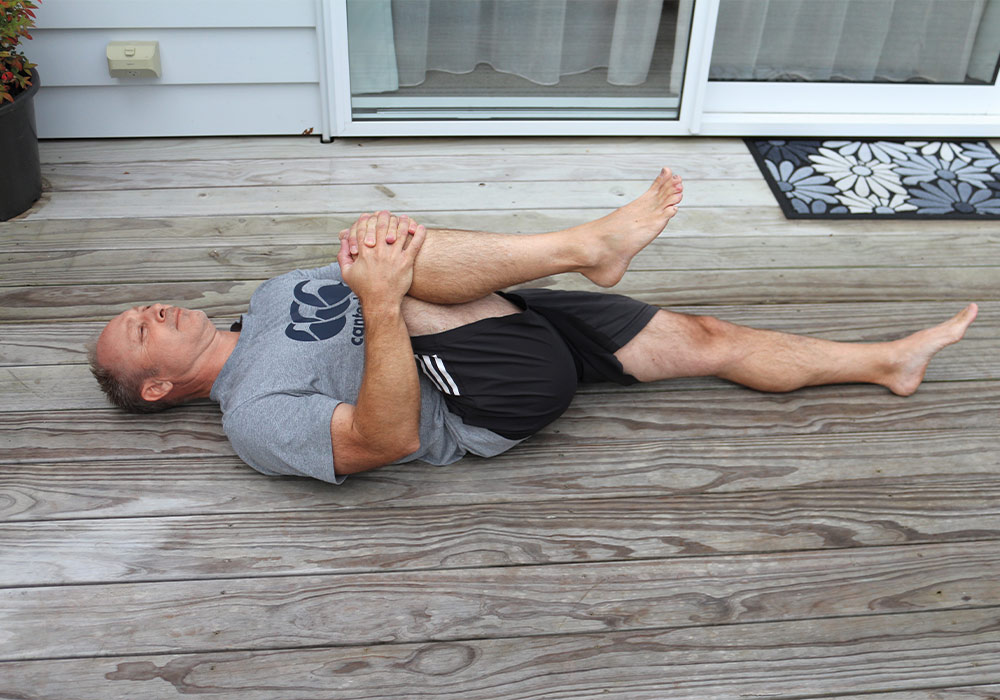
- Lie on your back with your knees bent and feet flat on the bed or floor
- Bring one knee to your chest, holding it with your hands
- Hold for 15–20 seconds, then switch legs
- This stretch relieves tension in the lower back and hips
Standing quadratus lumborum stretch
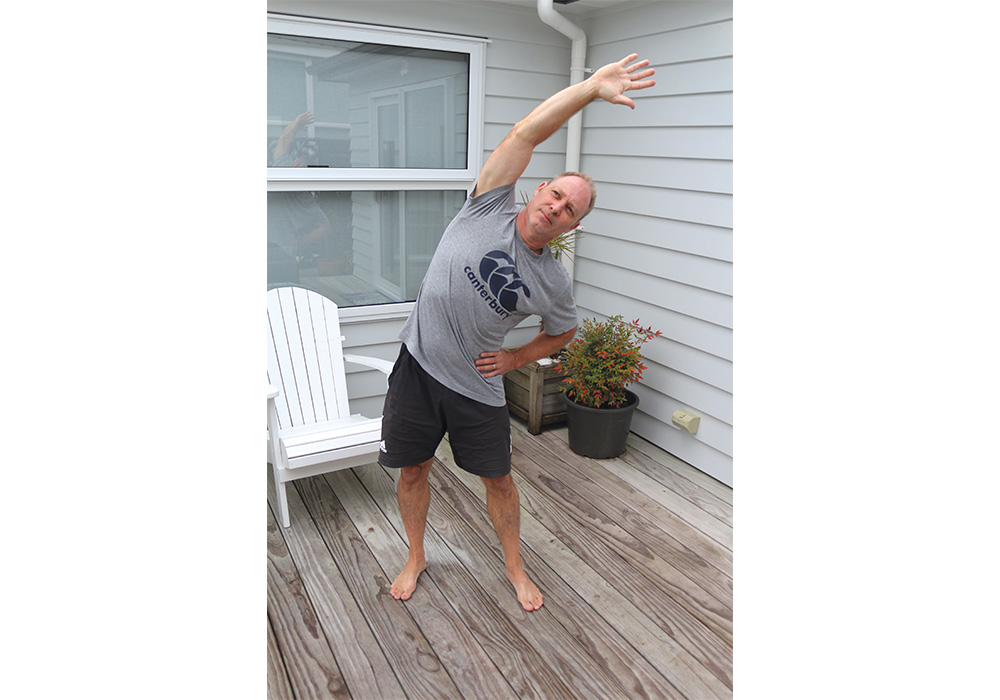
- Stand with your feet hip-width apart
- Raise one arm over your head and lean to the opposite side, gently stretching the side of your back
- Hold for 15–20 seconds, then switch sides
- This stretch targets the quadratus lumborum, a muscle in your lower back that can cause pain when tight
Remember to breathe deeply, steadily, and relax as you perform these stretches. They can be done at any time of the day, especially after long periods of sitting or driving, to keep your back feeling strong and flexible.
For more info, visit backpainauckland.co.nz.






